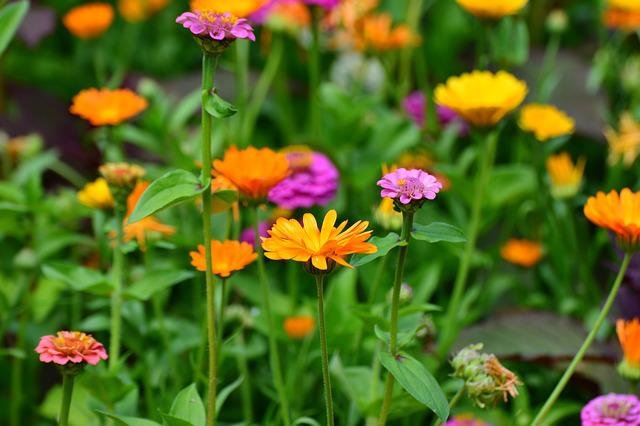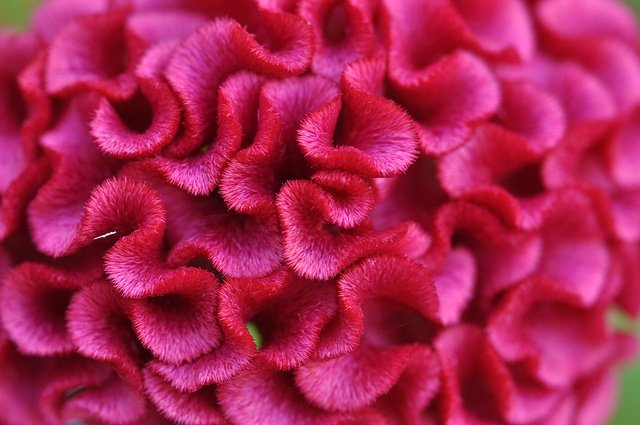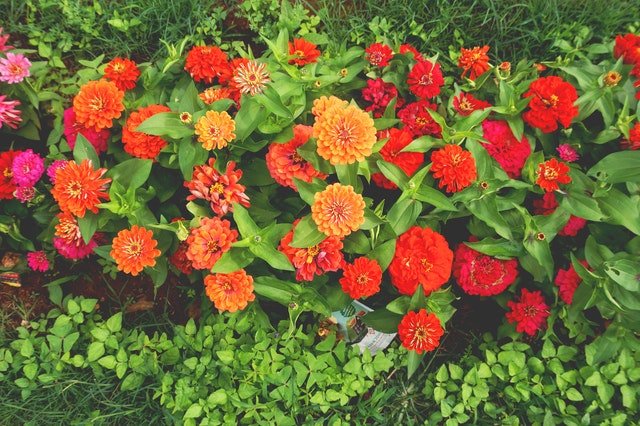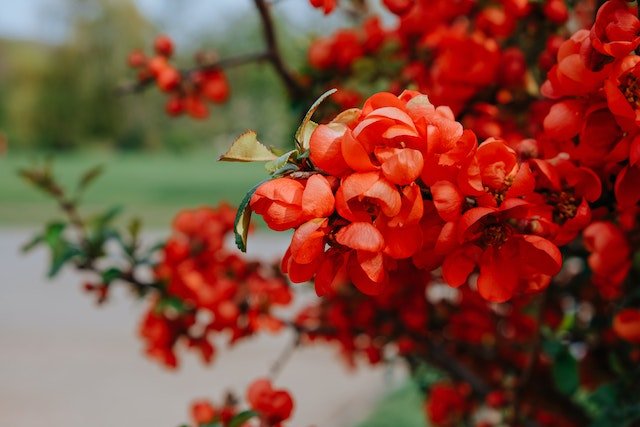One fascinating topic that has gained attention in recent times is Ping or Pinguicula Rock. This unique formation has captivated nature enthusiasts and geology aficionados alike. In this article, we delve into the details of Ping or Pinguicula Rock, exploring its origins, characteristics, and the process of creating one.
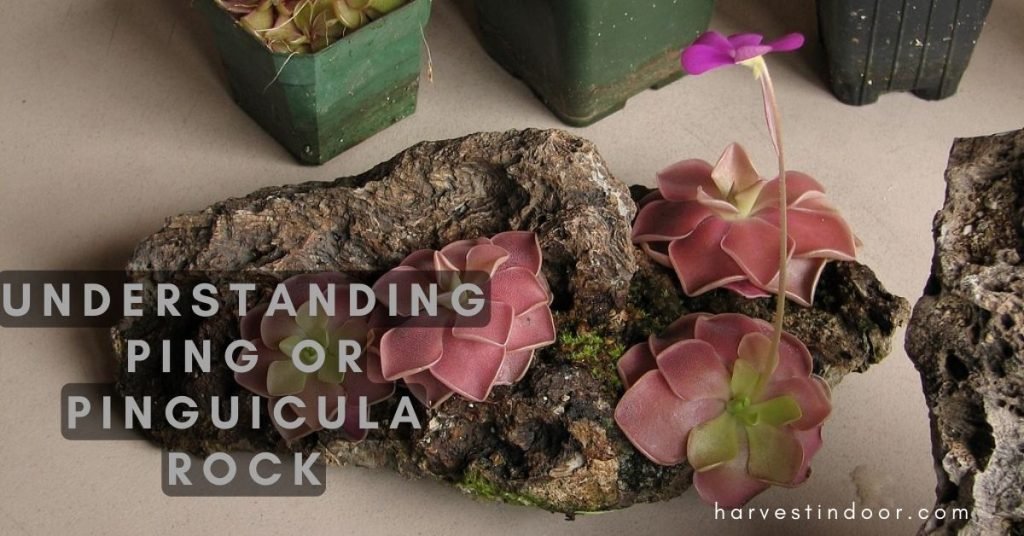
Table of Contents
What is Ping or Pinguicula Rock?
Ping or Pinguicula Rock, also known as a carnivorous rock or pitcher rock, is a mesmerizing geological formation characterized by its intricate design and carnivorous nature. These rocks are primarily composed of limestone and exhibit peculiar features, such as deep crevices and bowl-like depressions, resembling miniature pitchers.
The Formation Process
Step 1: Selecting the Right Materials
To create a Ping or Pinguicula Rock, you need to gather the necessary materials. Limestone, which is rich in minerals and nutrients, is the ideal choice for this project. Look for limestone with a rough texture and sufficient porosity, as it allows for proper drainage and aeration.
Step 2: Shaping the Rock
Once you have the limestone, the next step is to shape it into the desired form. This process requires careful precision and attention to detail. Using appropriate tools, carefully carve the limestone, creating hollows and crevices that resemble the natural contours of a pitcher plant.
Step 3: Mimicking Natural Conditions
To make the Ping or Pinguicula Rock more authentic, it’s crucial to mimic the natural conditions required for the growth of carnivorous plants. Introduce suitable soil mixtures and moisture levels that support the development of pitcher plants, ensuring they thrive within the rock’s crevices.
Step 4: Enhancing Aesthetics
While functionality is essential, aesthetics also play a significant role in creating an appealing Ping or Pinguicula Rock. Consider incorporating natural elements like moss, miniature figurines, or decorative stones to enhance its visual appeal. This attention to detail adds an extra dimension to the overall presentation.
Step 5: Adding Decorative Elements
Enhance the visual appeal of your Ping or Pinguicula Rock by adding decorative elements. Place miniature figurines, tiny fences, or miniature pathways strategically within your rock formation. These elements will add a sense of whimsy and charm to your creation.
Step 6: Incorporating Water Features
If you desire a water feature in your Ping or Pinguicula Rock, now is the time to add it. Carefully position a small pond or waterfall within your rock formation, ensuring it fits naturally with the surrounding elements. Connect a small pump or use a self-contained water feature to circulate the water gently, creating a soothing sound and adding movement to your creation.
Step 7: Maintenance and Care
To ensure the longevity and vitality of your Ping or Pinguicula Rock, regular maintenance is essential. Here are a few key maintenance tips:
- Monitor watering: Keep the soil moist but not waterlogged. Mist the plants and moss occasionally to maintain the desired humidity.
- Prune and trim: Trim any overgrown plants to maintain the desired scale and balance within your rock formation.
- Clean the water feature: If you have a water feature, periodically clean the pump and remove any debris to ensure proper functioning.
Benefits of Ping or Pinguicula Rock
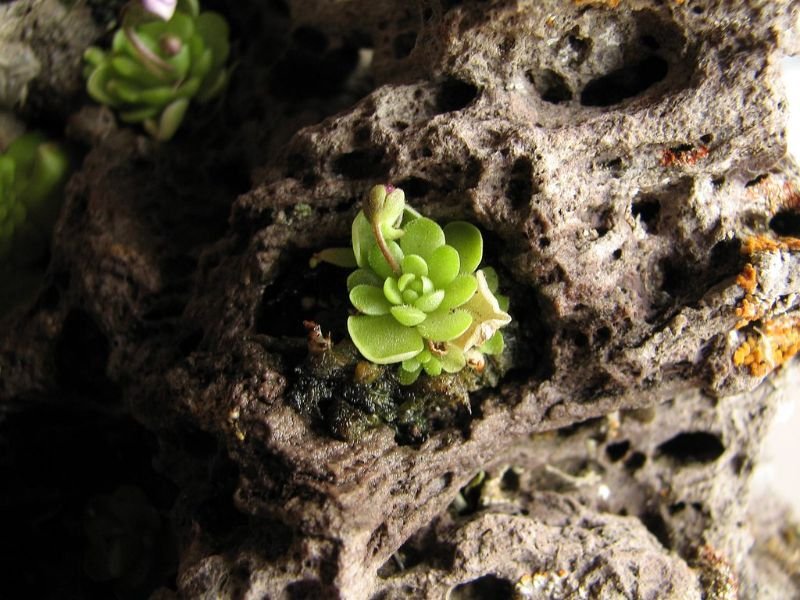
Ping or Pinguicula Rocks offer several benefits that make them a sought-after addition to any garden or indoor space. Let’s explore some of the advantages:
1. Unique Aesthetic Appeal
The intricate design and captivating beauty of a Ping or Pinguicula Rock can elevate the aesthetics of any environment. Whether placed in a garden, on a windowsill, or as a centerpiece, these rocks add a touch of natural elegance and become a conversation starter.
2. Fascinating Educational Tool
For educators and parents, Ping or Pinguicula Rocks provide an excellent opportunity to educate children and students about carnivorous plants and the wonders of nature. The rock’s unique structure and the presence of pitcher plants within it offer an engaging hands-on learning experience.
3. Low Maintenance Requirements
Unlike traditional gardens or potted plants, Ping or Pinguicula Rocks require minimal maintenance. The enclosed environment and self-sustaining nature of the carnivorous plants within the rock reduce the need for regular watering and fertilization, making them a hassle-free addition to any space.
4. Natural Pest Control
Carnivorous plants, such as pitcher plants, naturally attract and trap insects. By incorporating Ping or Pinguicula Rocks into your garden, you can naturally control the population of pests and enjoy a more harmonious environment without the need for chemical pesticides.
FAQs (Frequently Asked Questions)
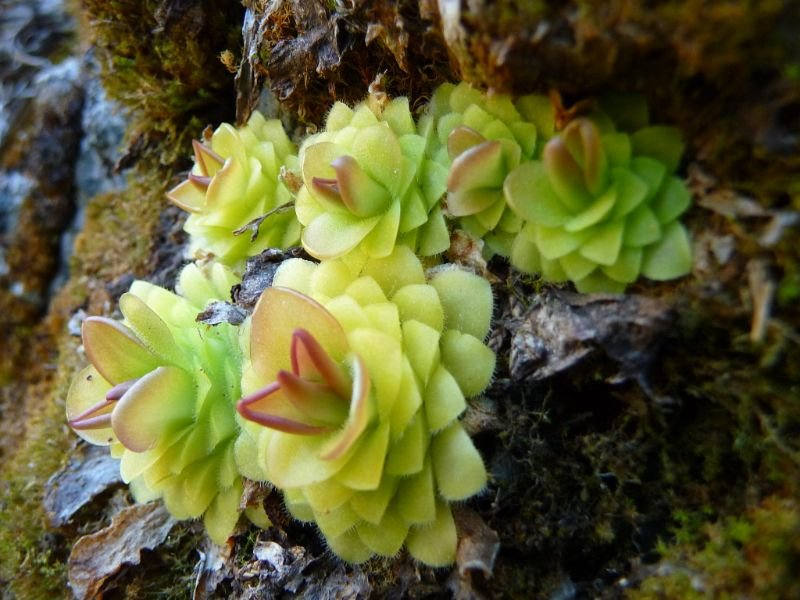
Q: How long does it take for the plants to grow and fill in the rock formation?
A: The growth rate of the plants depends on various factors such as the plant species, lighting conditions, and care provided. Generally, it can take several months to a year for the plants to fully fill in the rock formation.
Q: Can I use artificial plants instead of live plants?
A: Yes, you can use artificial plants if you prefer a low-maintenance option or if the lighting conditions are not suitable for live plants. Just ensure that the artificial plants are scaled appropriately to the size of your Ping or Pinguicula Rock.
Q: Can I create a Ping or Pinguicula Rock in a terrarium?
A: Absolutely! Creating a Ping or Pinguicula Rock in a terrarium is a popular choice. It allows you to create a self-contained ecosystem that requires minimal maintenance and provides an enchanting display.
Q: How often should I fertilize the plants in my Ping or Pinguicula Rock?
A: Fertilization needs vary depending on the plant species and the type of soil used. It’s best to follow the specific fertilization recommendations for each plant variety and adjust accordingly based on their growth and overall health.
Q: Can I customize the design of my Ping or Pinguicula Rock?
A: Yes, absolutely! Ping or Pinguicula Rock is all about creativity and personalization. Feel free to experiment with different rocks, plants, and decorative elements to create a unique and captivating design that reflects your style and preferences.
Q: Where can I find inspiration for Ping or Pinguicula Rock designs?
A: There are numerous sources of inspiration for Ping or Pinguicula Rock designs. You can browse gardening websites, visit botanical gardens, or explore social media platforms dedicated to miniature gardening. Take inspiration from nature and let your imagination run wild!
Conclusion
In conclusion, Ping or Pinguicula Rock is a fascinating art form that allows you to bring the beauty of nature into your home or garden. By following the step-by-step guide provided in this article, you can create your very own Ping or Pinguicula Rock, customized to your unique vision.
Remember to embrace your creativity, experiment with different materials and plants, and enjoy the process of crafting a miniature landscape that will captivate and inspire all who behold it. So go ahead, embark on this exciting journey, and create your own mesmerizing Ping or Pinguicula Rock

Gardening is my passion and growing plants indoors has always been a stress relief for me. Grow a banana tree in my apartment once (although failed to produce bananas).


